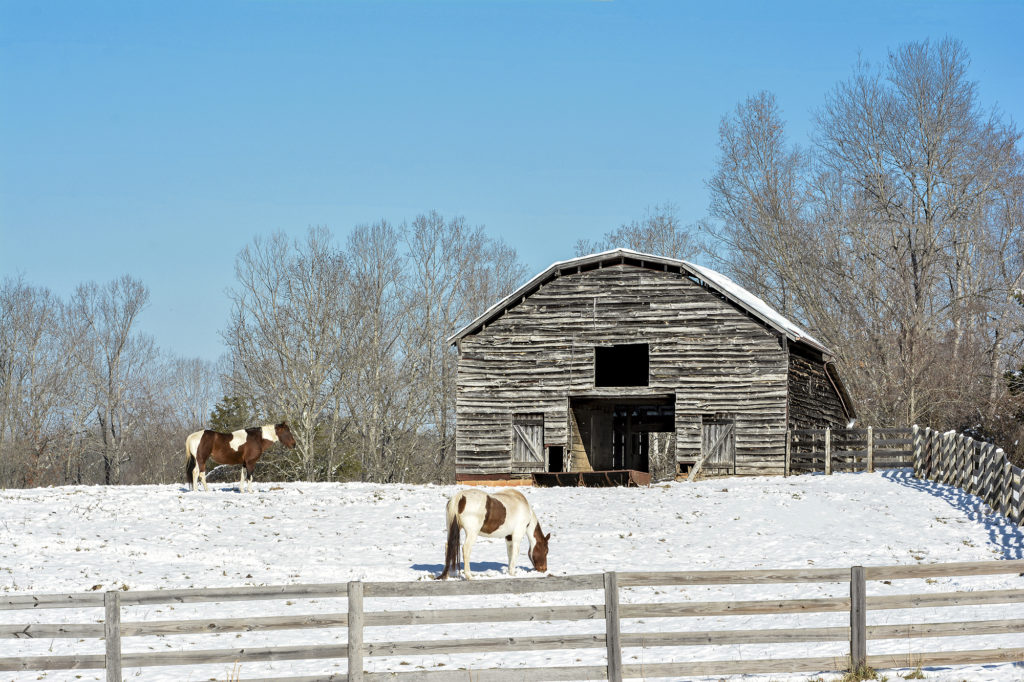
Members of electric cooperatives are using more energy to heat their homes with much of the United States facing repeated bouts of sustained temperatures well below freezing.
“When it’s cold outside, family members want the house warm,” said Louis O’Berry, energy adviser for Rappahannock Electric Cooperative. “We often raise the temperatures on our thermostats to create more warm air, and some people use space heaters.”
The Fredericksburg, Virginia-based co-op is among hundreds across the nation stepping up social media messaging and member outreach efforts in response to a seasonal uptick in higher bills.
“Thinking back to recent activities in your home can help you understand spikes in energy use,” said O’Berry.
Shorter days and more frequent overcast conditions sparked more lighting use. Household usage was also increased by holiday cooking, decorations and guests plugging into spare outlets.
“Most consumers have higher electric bills in December and January,” explained Bob James, an energy specialist with Northern Virginia Electric Cooperative in Manassas. “A household with lots of family members, relatives, and guests will use lots of hot water. But by far, the biggest energy user in winter is the heating system.”
Many co-ops offer dashboards connected to their automated metering infrastructure billing and data systems to help members keep an eye on their energy use.
Robert Bernhoft, vice president of information systems and technology at Cleburne, Texas-based United Cooperative Services, allowed the co-op to use 25 days of data from his meter in a recent example.
“Temperatures were chilly on Jan. 1, and the high reached only 26 degrees. The Bernhoft house used 244 kWh of electricity,” said Marty Haught, the co-op’s assistant general manager and chief operating officer. “Compare that day with Dec. 21, when the high temperature reached 78 degrees—and Bernhoft’s heating system didn’t need to cycle on as long or frequently—and his usage was a modest 59 kWh.”
Calls to Aulander, North Carolina-based Roanoke Electric Cooperative have included more requests for meter tests, particularly as members balk at spikes in their daily energy use.
“We have accounts using $24 to $30 worth of electricity a day,” said Susan Tann, vice president of member services, marketing and public relations for Roanoke EC, citing data from the co-op’s prepaid account users.
One recent cold snap prompted the co-op to suspend automated disconnects clearly allowed under their prepaid service plans.
“It has been received well and they understand that they still have to pay,” said Tann. “They are grateful that they are able to make it to payday.”
When normal prepaid operations resumed, the co-op had members of its call center team contact participating members to resume payments, or make arrangements to handle their bills.
“Roanoke Electric offers member-owners a variety of options for how to pay and budget for their power bills, along with Low Income Home Energy Assistance Program (LIHEAP) support,” Tann said.